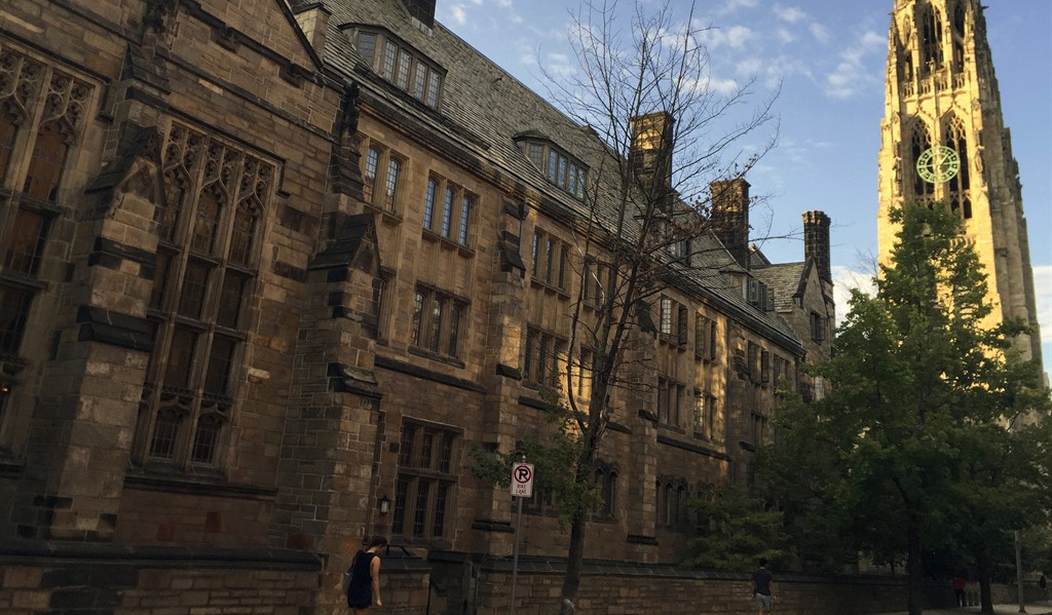Last week the NY Times published an article citing a critic of affirmative action who suggested that some of the admissions results we've seen this year don't add up.
Black students make up about 3 percent of the top tenth of high school students academically, according to data collected by Richard Sander, a law professor at the University of California, Los Angeles, who has long studied the effects of racial preferences and who is a critic of race-based admissions.
With preferences based on factors like parental income, wealth and level of education, as well as neighborhood poverty and school quality, and strong outreach, the share of Black students who qualify for admission to top schools grows to 5 percent, Mr. Sander said.
He believes some of the declines in Black students’ numbers — to 5 percent from 15 percent at M.I.T., or to 3 percent from 11 percent at Amherst — have brought those schools to where they should be.
The very top schools might be able to get numbers up to 9 percent using clues about race in the personal essay, he said. But numbers that stay above that “are almost certainly signs of cheating,” he said.
Professor Sander didn't name any names but it was obvious from the context which schools he was talking about. Three schools in particular had black enrollment stay the same or go up while Asian enrollment dropped.
Asian American enrollment dropped to 29 percent from 35 percent at Duke; to 24 percent from 30 percent at Yale; and to 23.8 percent from 26 percent at Princeton. At the same time, Black enrollment rose to 13 percent from 12 percent at Duke; stayed at 14 percent at Yale; and dropped to 8.9 percent from 9 percent at Princeton.
According to people on both sides of this argument, this is not what should have happened. Plaintiffs in the Supreme Court case expected black enrollment to drop and Asian enrollment to surge if affirmative action was eliminated. And significantly, many of these Ivy League schools argued the same outcome was inevitable if affirmative action were overturned in amicus briefs they submitted to the court. Yale in particular said there was no way to maintain current enrollment levels without affirmative action:
In a joint amicus brief that the University submitted to the Supreme Court, Yale argued that racial diversity would not be possible without directly considering race. Yet, Yale’s class of 2028 did not see a dramatic decrease in diversity as the University predicted it would.
The amicus brief stated that “no race-neutral alternative presently can fully replace race-conscious individualized and holistic review to obtain the diverse student body Amici have found essential to fulfilling their missions.”
And yet, this year they claim to have done the impossible. Black enrollment is unchanged or up and Asian enrollment appears to be down.
“What Yale is doing is either they’re reporting a very misleading number or they’re cheating in some way,” Sander wrote to the News. “If their race numbers really don’t change, I think that means that they’re looking for any evidence they can find that a student is African American or Black, and they’re admitting them under the same criteria they were before.”
Now the group which sued Harvard and UNC and brought the case to the Supreme Court has put Yale, Princeton and Duke on notice that they are facing fresh lawsuits.
On Tuesday, Students for Fair Admissions sent letters to the schools questioning whether they were complying with the rules laid out by the Supreme Court. Princeton, Duke and Yale also saw minor differences in Black and Hispanic enrollment in the first class of students admitted since the court struck down race-conscious admissions...
“Based on S.F.F.A.’s extensive experience, your racial numbers are not possible under true neutrality,” the letters, signed by Edward Blum, the president of Students for Fair Admissions, said. It added: “You are now on notice. Preserve all potentially relevant documents and communications.”
It's not clear what's going on here yet but one guess is that some schools are now pulling information about race from student essays, something the the Supreme Court's opinion specifically said was allowed in one particular way.
In the Court’s majority opinion, Chief Justice John Roberts wrote that universities could consider an applicant’s discussion of race “so long as that discussion is concretely tied to a quality of character or unique ability that the particular applicant can contribute to the university.”
Students for Fair Admissions seems to be expecting that argument.
In the letters sent out Tuesday, Students for Fair Admissions hinted that the essay was going to be a big part of its investigation into admissions procedures. It noted in the first paragraph of the letters that the court had warned against using essays to circumvent the new admissions rules.
This is probably the beginning of a long process. It will be interesting to see if enrollment patterns change at these three schools next year.









Join the conversation as a VIP Member